How To Craft a Strategic Hiring Plan in 2025
AIHR
DECEMBER 2, 2024
A well-executed hiring plan can be the difference between a company that reaches its strategic business goals and one that is outperformed by its rivals. Acquiring the right talent is the most important key to growth,” says Benioff. Hiring was – and still is – the most important thing we do.”







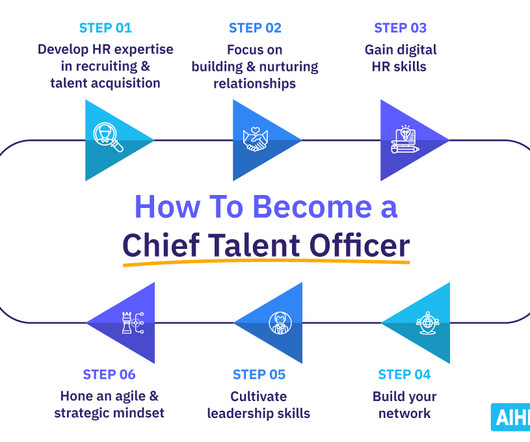

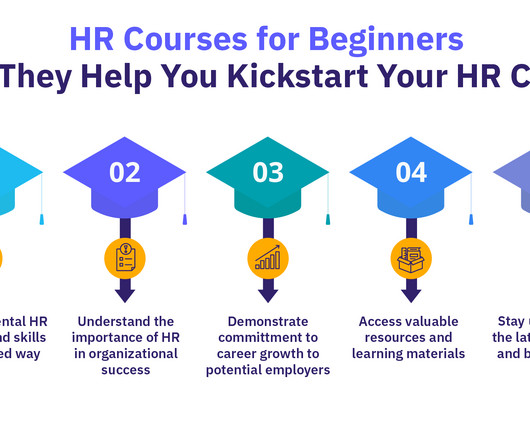



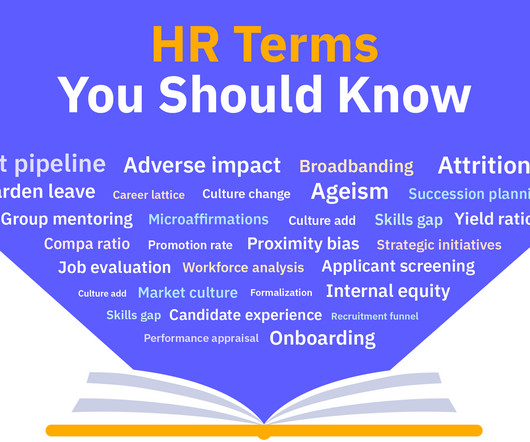

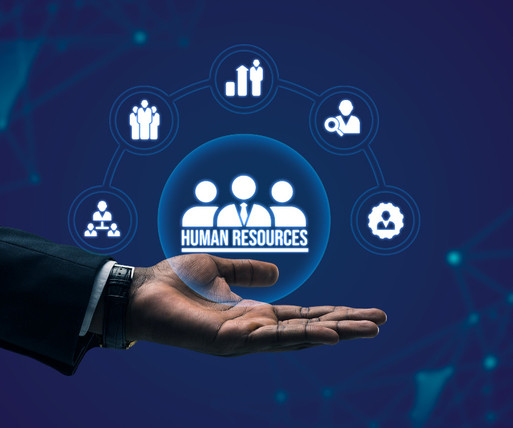
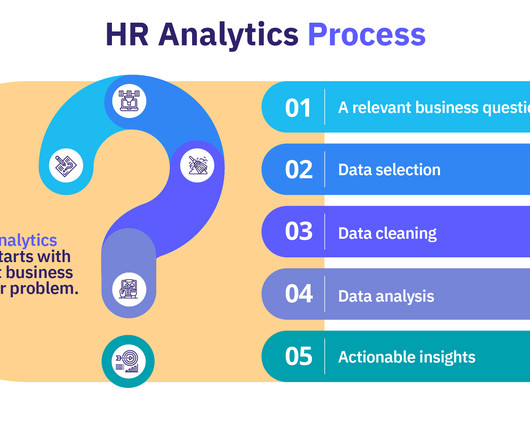
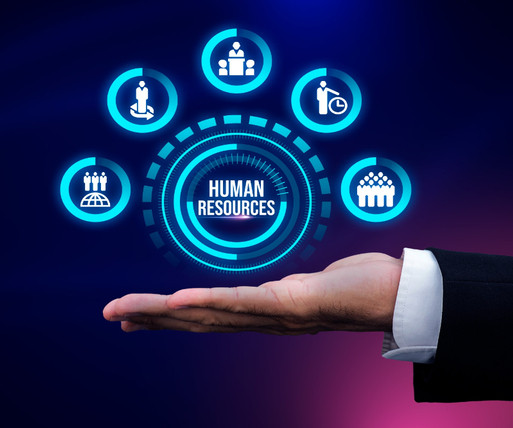








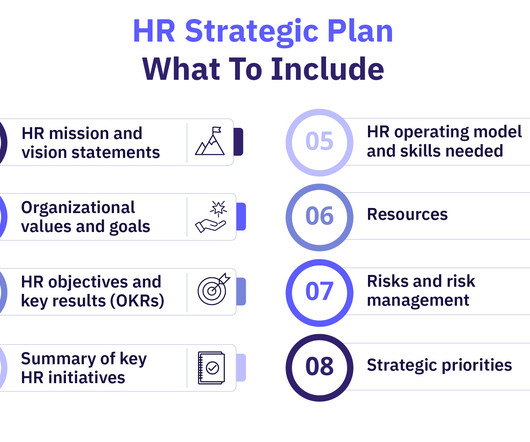




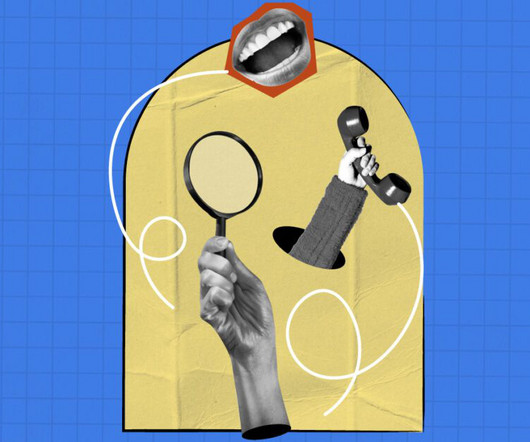























Let's personalize your content